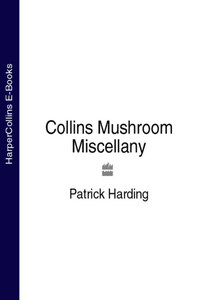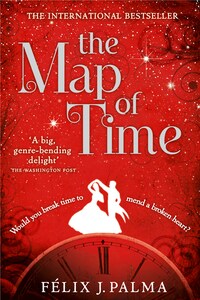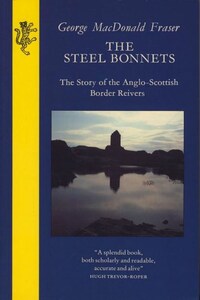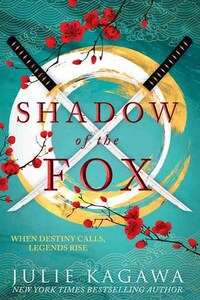Boletus edulis (early 19th century) by Paul Louis Oudart
(Archives Charmet/BAL)
In the autumn of 1981 I taught my first residential weekend course on Mushrooms and Toadstools. On the Friday evening the small group of participants joined me for a preprandial drink. It was not long before I discovered that each of them had a similar tale to tell. The stories all included accounts of the jaw-dropping response of family and colleagues when told of the reason for their weekend away. In those days very few shops stocked anything other than white cultivated mushrooms which were usually neatly displayed in blue cardboard punnets. Field and other ‘wild’ mushrooms were largely left alone.
As for those people who collected and ate ‘toadstools’, they were considered to be either wildly eccentric or of European extraction. I was placed in the former category when, in 1983, The Guardian Diary section included a preview of seasonal entertainments offered by the Youth Hostel Association:
Curiosities like a voodoo evening at Boggle Hole in Robin Hood’s Bay are available, or an Esperanto weekend in the Peak District. First prize for an offbeat break, though, must go to the ‘fungus foray’ based at Edale on the weekend of October 7th–9th. For an extra £6 you can join mycologist Dr Patrick Harding collecting blewits, chanterelles and boletus [sic] edulis and consuming them in a ‘fungus feast’.
Five years later I was invited to teach a mushroom course on behalf of Cambridge University’s Adult Education Department, based at Madingley Hall. The silver service dinner on the Friday was preceded by a resonant gong and full Latin grace. Prior to the coffee, the warden addressed the assembled company:
Welcome to Madingley and to a fascinating range of weekend courses. ‘Unexplored Mozart’ will take place in the Saloon; those ‘Reading Greek’ will be in the Library while ‘Mushrooms and Toadstools’ will be …
Her voice was drowned by the rising tide of laughter from the musicians and linguists as I tried to appear invisible. By the Saturday evening I had recovered my composure and made my own announcement before the coffee was served:
Those of you studying Mozart and Greek are more than welcome to pay a brief visit to the board room, where you might be interested to see what those on the Mushroom course have been up to.
Spread across eight tables were scores of labelled specimens collected on our field trip. Two years later, when the course was repeated, I was delighted to welcome among the course members two from the Greek and three from the Mozart group. Twenty years on and the mushroom course is still running. It is heavily oversubscribed.
Mushroom hunters of European extraction included Polish immigrants who had settled in Britain during and immediately after World War II. Collecting and eating fungi is an important part of Polish culture and those in the vanguard of the more recent influx must have been pleasantly surprised by the lack of local competition when it came to mushroom hunting. A Polish dish traditionally served on Christmas Eve includes Boletus edulis in the list of ingredients.
Old English books about cookery and mushrooms mentioned Boletus edulis under its local name of penny bun. This moniker arose on account of the likeness of the pale-brown, slightly sticky, convex cap to a product displayed in many bakers and which had originally sold for just one (old) penny. In the years following World War II the bakers’ penny bun lost its fight against inflation while the mushroom lost the battle to keep its old English name. As British cooks looked for inspiration from French cuisine so the writers of cookery books anglicised the French name for the fungus














